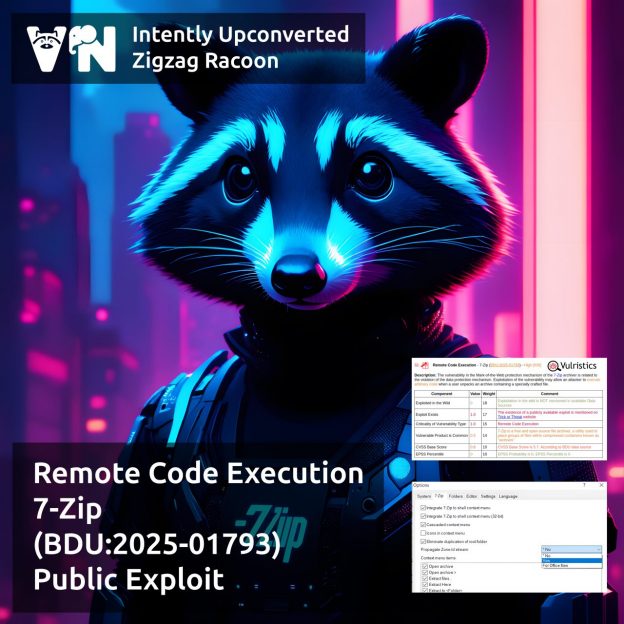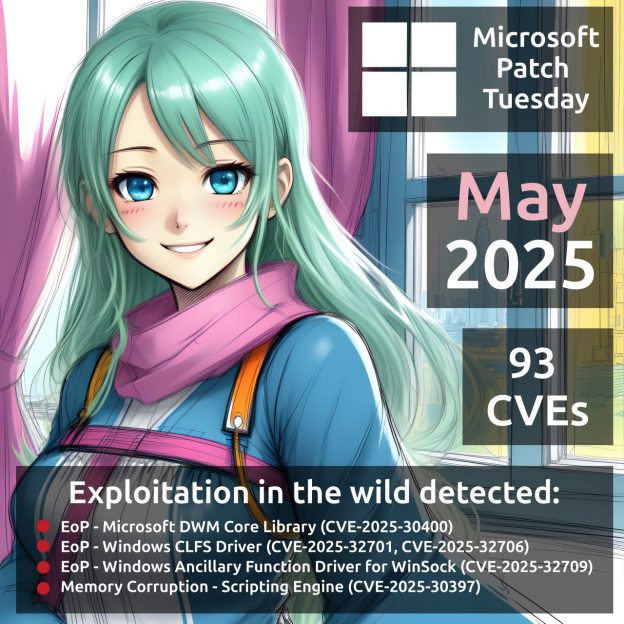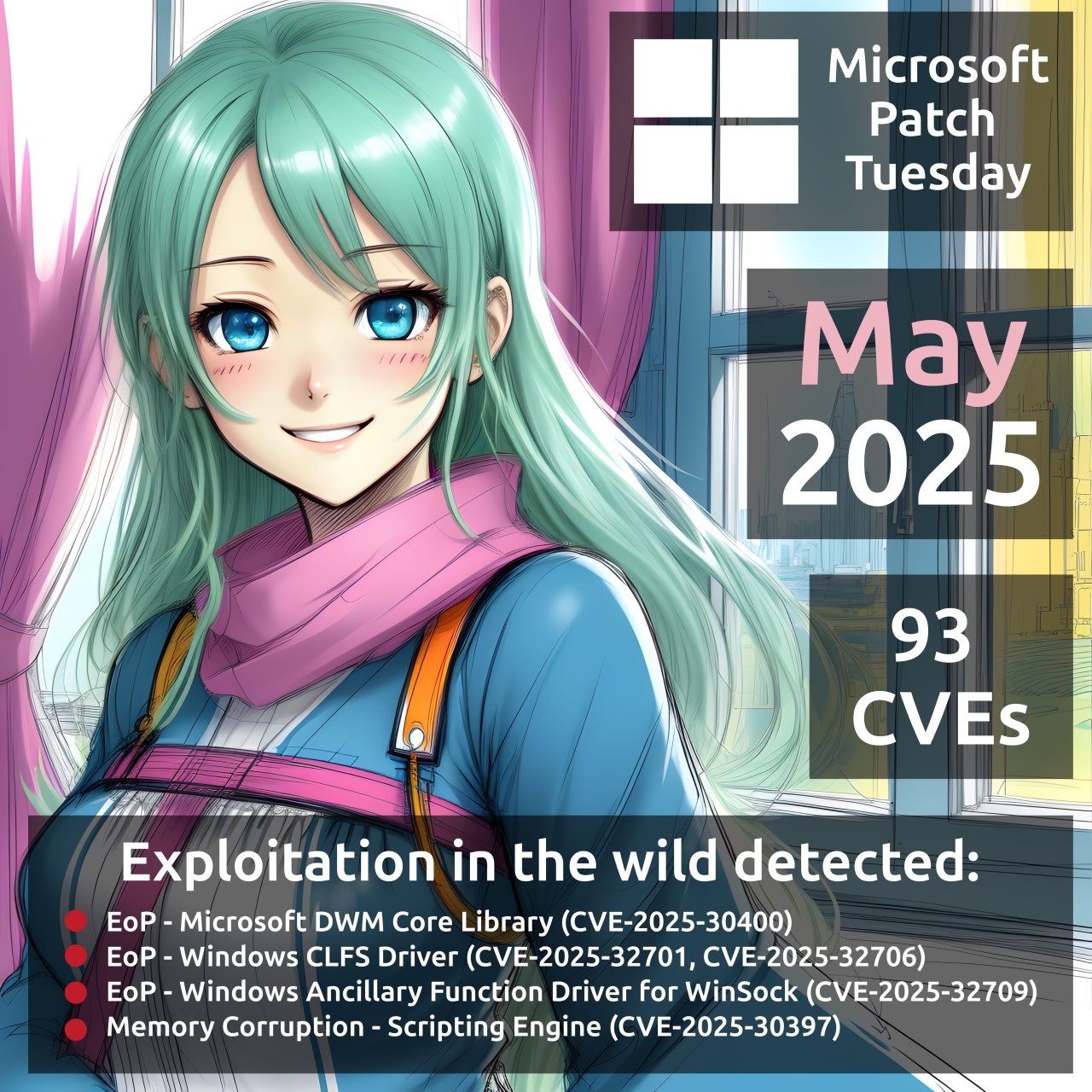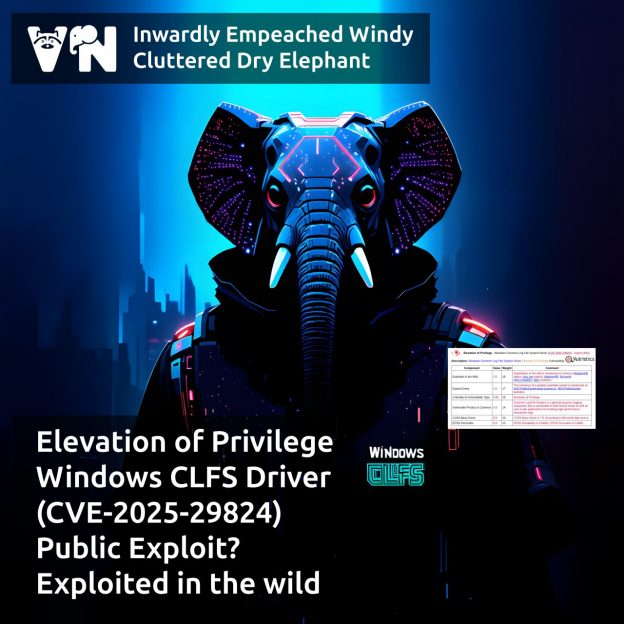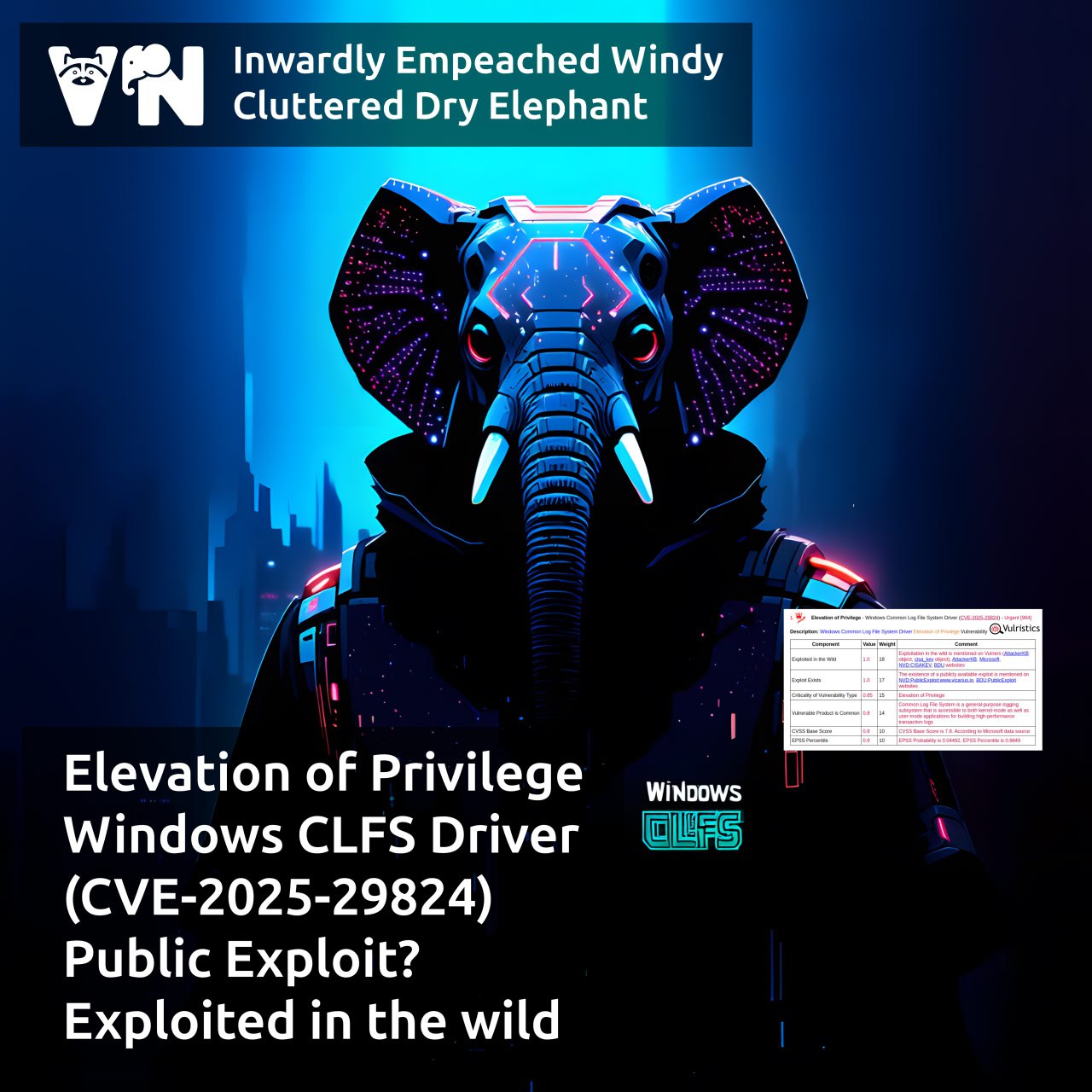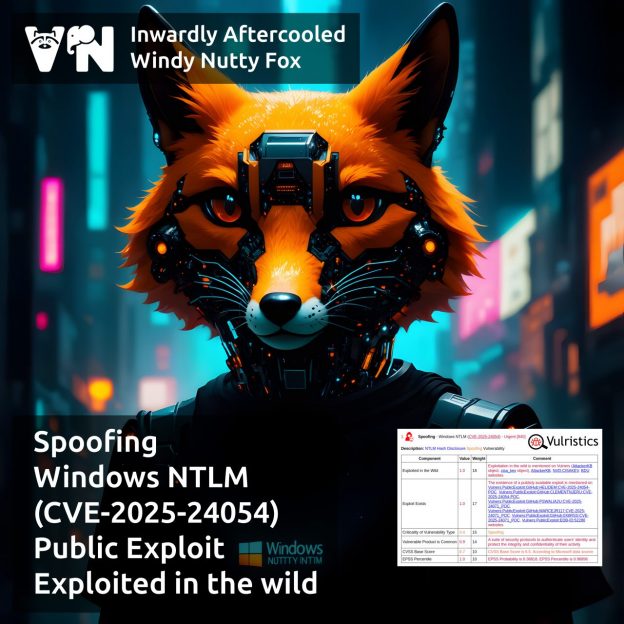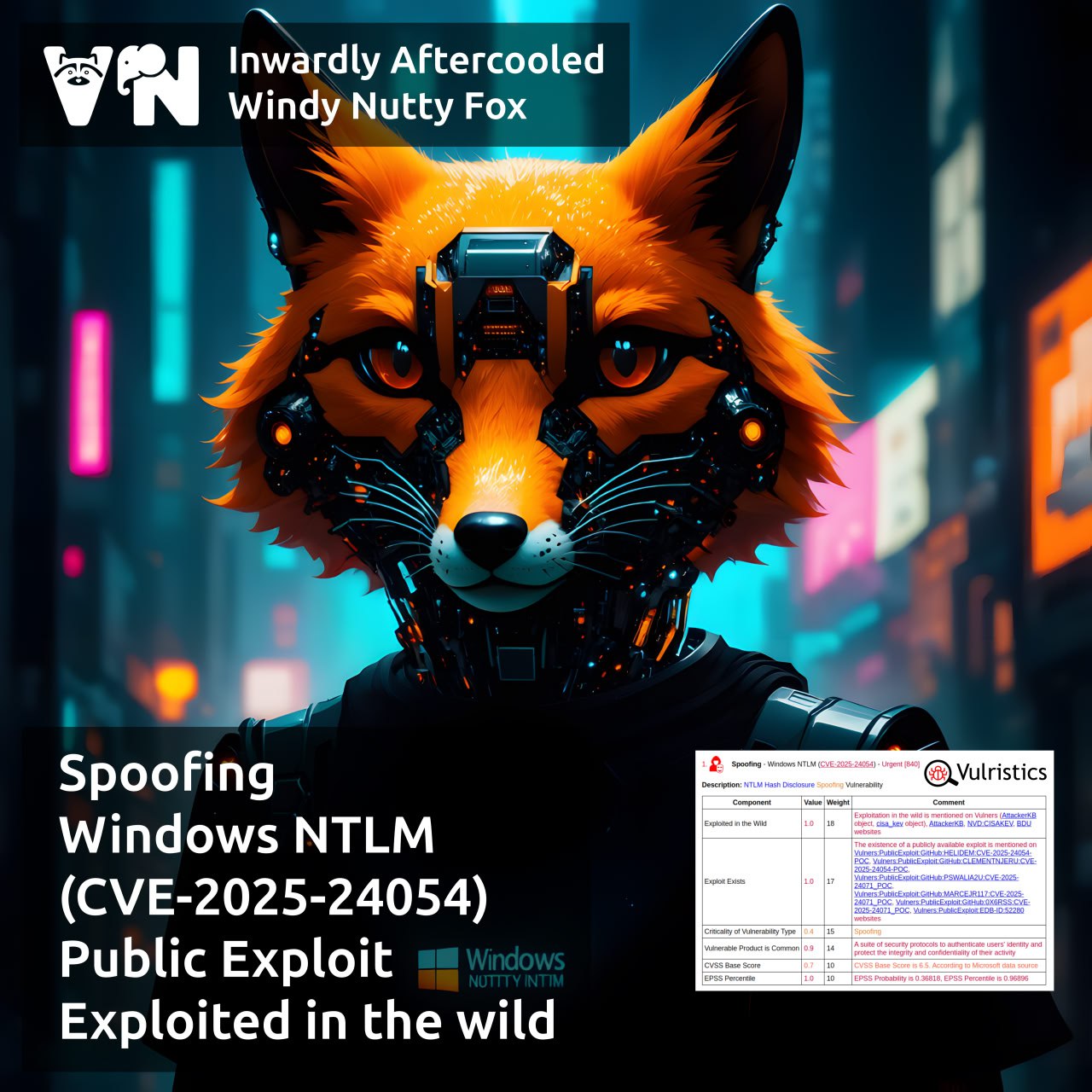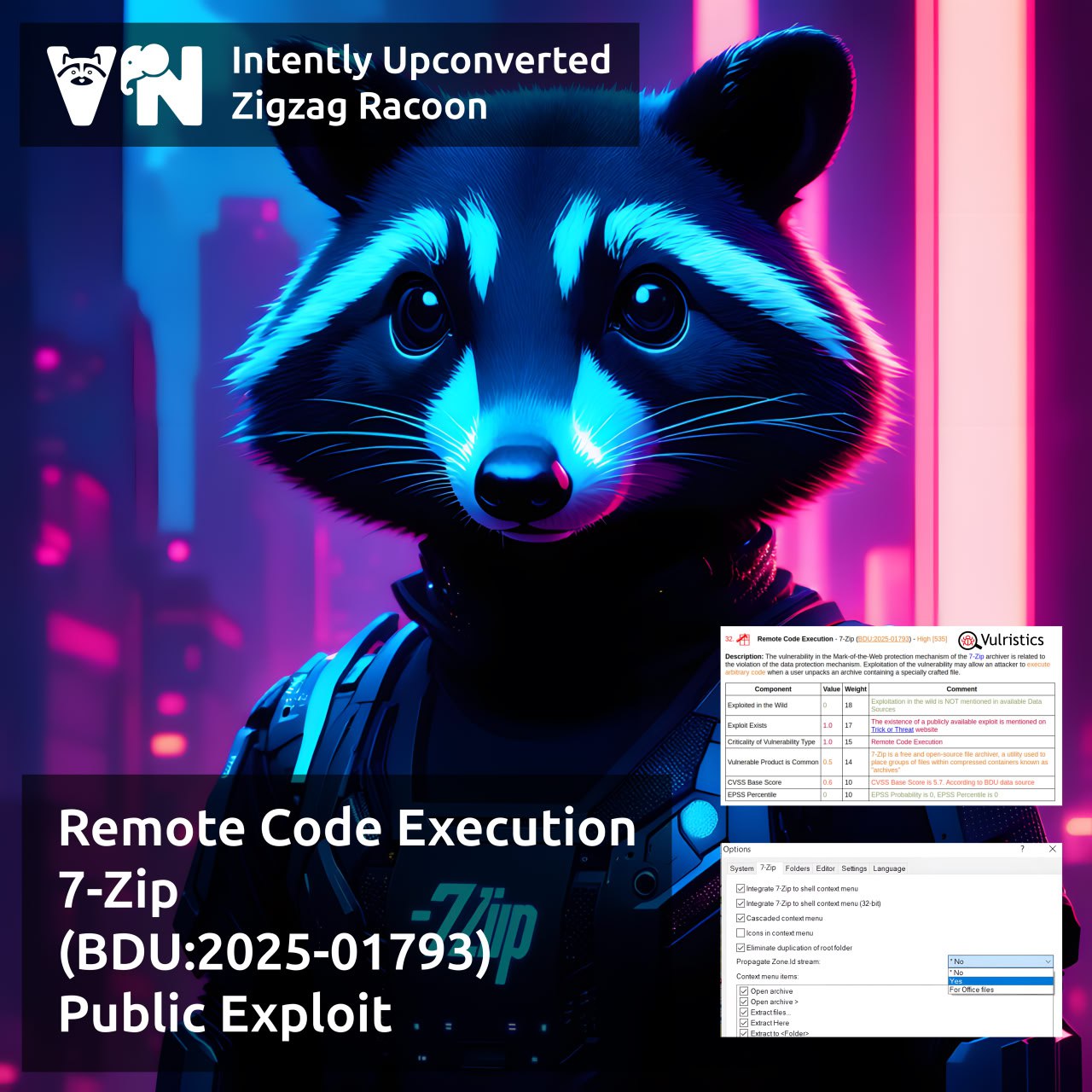
About Remote Code Execution – 7-Zip (BDU:2025-01793) vulnerability. It’s about the fact that files unpacked using 7-Zip don’t get the Mark-of-the-Web. As a result, Windows security mechanisms don’t block the execution of the unpacked malware. If you remember, there was a similar vulnerability in January – CVE-2025-0411. The problem was with running files from the 7-Zip UI, and a fix has been released. But in this case, the problem is with fully unpacked archives — and the developers aren’t planning to fix it! 🤷♂️
Igor Pavlov, the author of the utility, responded to our colleague Konstantin Dymov that not assigning the Mark-of-the-Web by default is intentional behavior. They don’t plan to change the default settings. To have the Mark-of-the-Web applied, you need to set “” to “”.
If 7-Zip is used in your organization, be aware of this insecure default behavior. Apply hardening measures or switch to a different tool.

